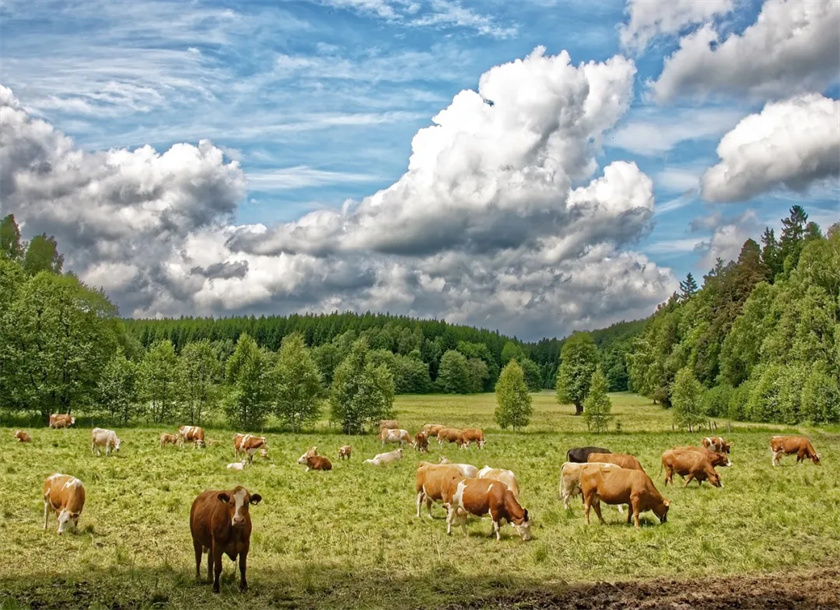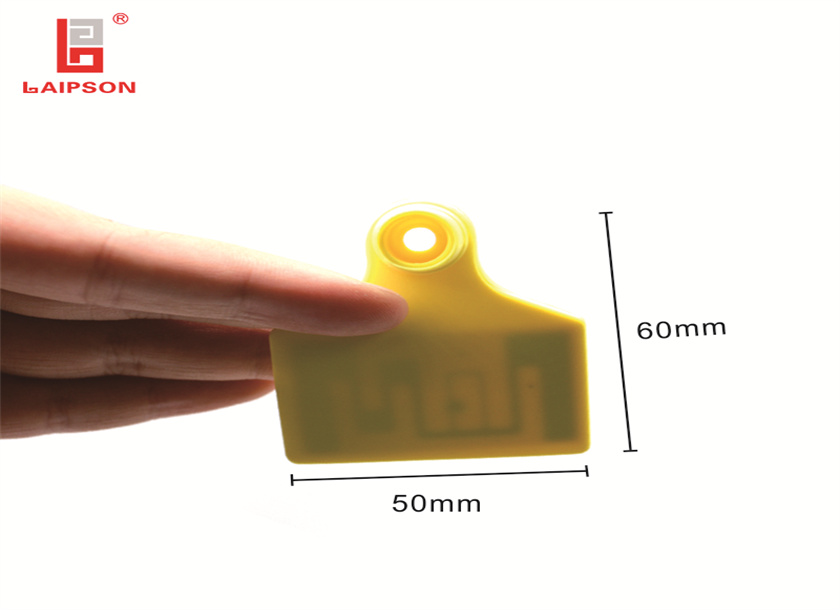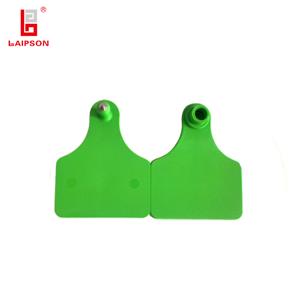Application Analysis Of RFID Animal Electronic Tag
Application Analysis Of RFID Animal Electronic Tag
The 2024 China RFID passive Internet of Things Industry White Paper released on August 15,2024 that global shipments of RFID electronic tags are entering a golden period of development. RFID (Radio Frequency IDentification) is a kind of non-contact automatic IDentification technology, which can carry out non-contact two-way data communication through Radio Frequency, read and write electronic tags or Radio Frequency cards, thus, the data communication between the reader and the label is completed, and the object recognition and data exchange are realized.

The operating frequency band of UHF RFID is generally between 860-960MHz. The frequency band of UHF RFID varies slightly from region to region. The frequency band of UHF RFID is 902-928MHz in North , 865-868MHz in Europe and 952-954MHz in Japan, in China, the frequency range of UHF RFID communication in animal field is 920-925MHz. Compared with RFID products of other frequency bands, UHF RFID tags have higher transmission rate, long working distance, can read group, read a large number of electronic tags in a short time, therefore, it is very suitable for large-scale animal breeding scenarios, to improve the efficiency of animal supply chain management and other applications have obvious benefits.
With the development of the industry chain in recent years, the cost of UHF RFID has been greatly optimized, so the use of UHF RFID tags is also growing rapidly, the largest shipments, the highest level of attention.

Based on the characteristics of UHF RFID tags, the main applicable scenarios for animal management are non-in vivo injection tags such as RFID animal electronic tags, and those with large-scale asset management needs. The animals that can use RFID animal electronic tags are mainly pigs, cows and sheep, and the largest number of them is pigs, China's annual number of pigs out of about 700 million.





